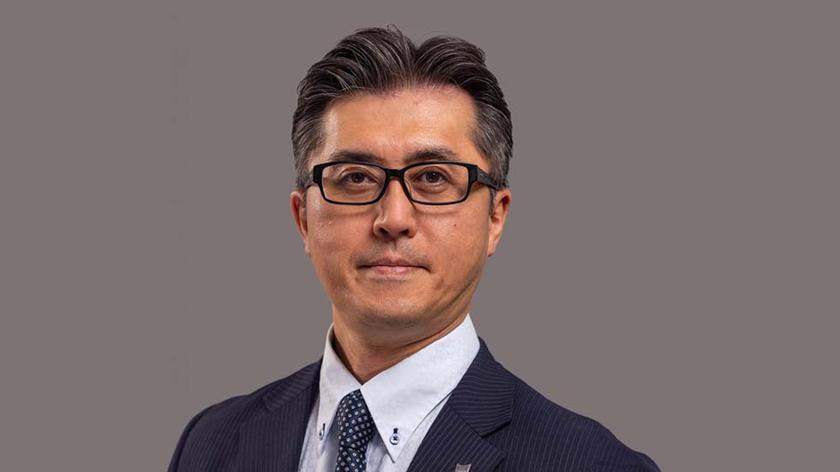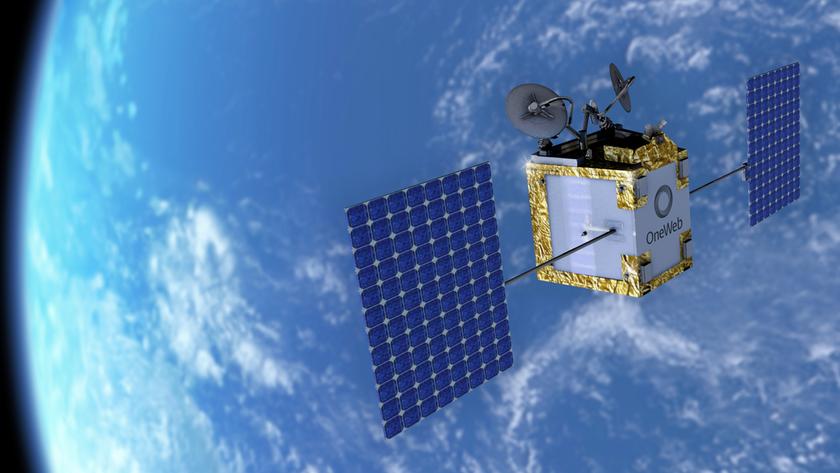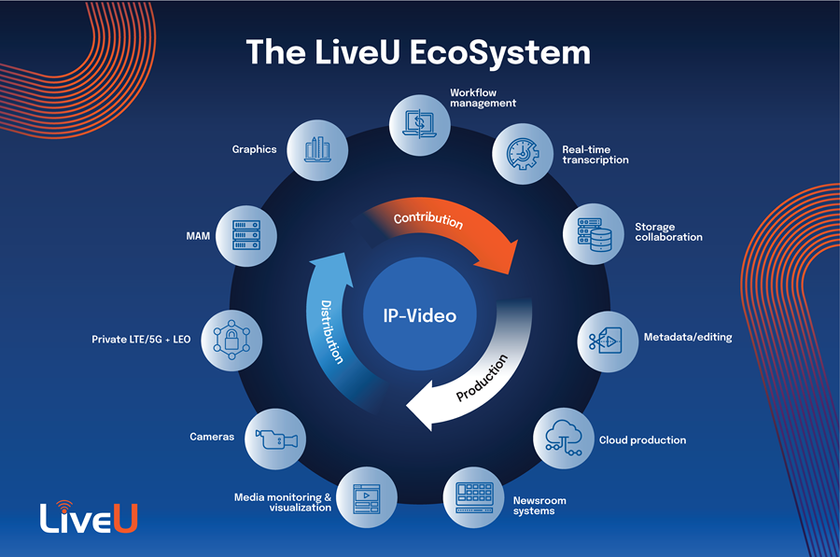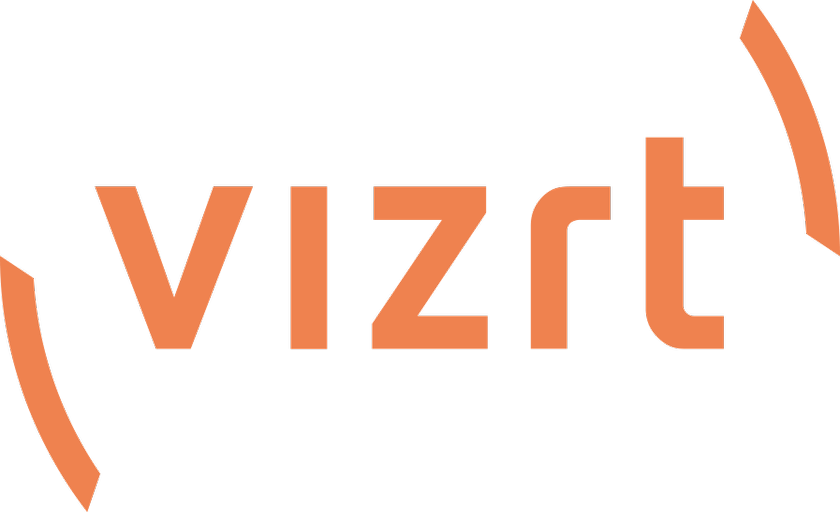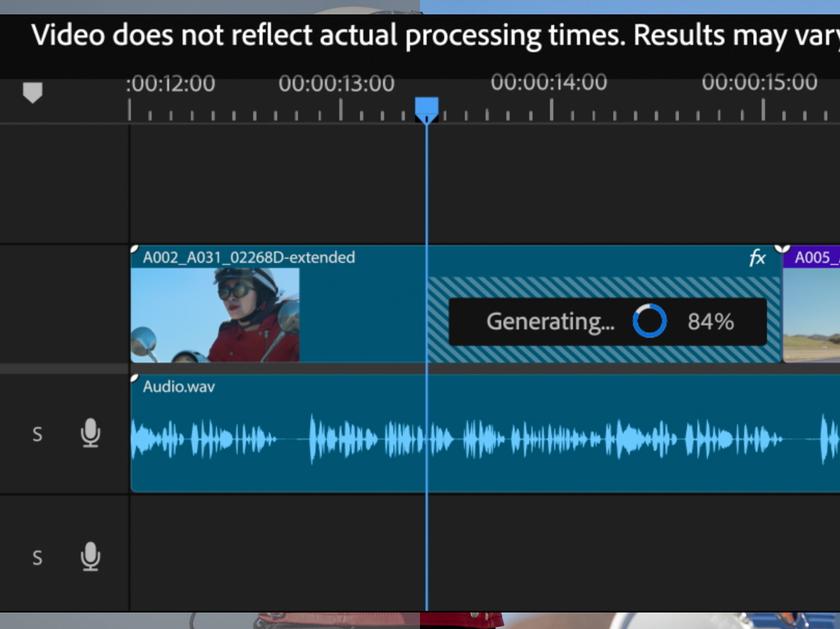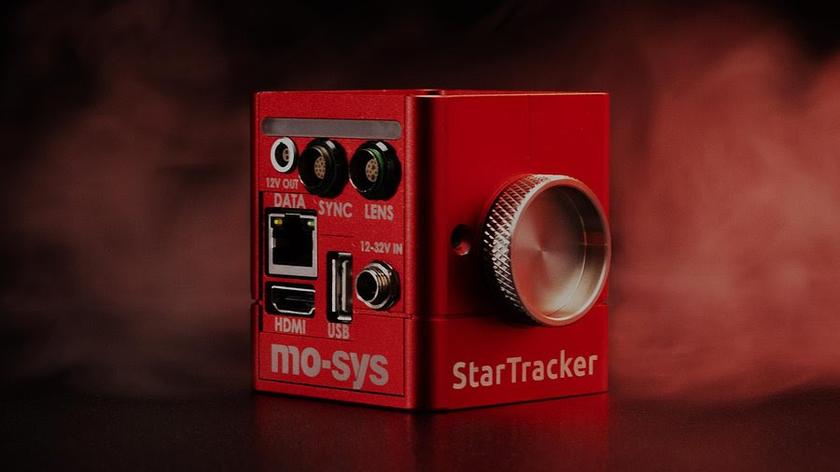NHK: Next Two Years Crucial to 'Super HDTV'
A few more details about NHK's 4,000-line and 8,000-line "Super HDTV" are emerging. This is still very much in the testing stage by the same Japanese public broadcaster that invented the NHK MUSE system of analog HD three decades ago.
NHK engineers, in the latest edition of the European Broadcasting Union's "Technical Review," reiterate that the 8K (7680x4320) format has been around since the mid-1990s—but NHK engineers now view the next couple of years as crucial to the scheme's eventual success. NHK's current short-range goal is to create a series of camera and lens prototypes that can "truly handle" 33 million pixels, according to reports in Asia and Europe.
"We will develop a prototype full-resolution camera with three 33-million-pixel image sensors by early 2011," the review said.
NHK also said by 2011 it expects some display manufacturers to begin developing flatscreen displays with the "full pixel count." NHK said it plans to build a full-resolution projector by the end of 2009.
NHK has periodically updated the industry on the progress of its latest work on Super HDTV (also known as Super Hi-Vision), with one of the most dramatic forums coming last fall at the IBC in Amsterdam. At that meeting, NHK and a consortium of other broadcasters and equipment makers transmitted 8,000-line images from London and Turin, Italy to the Netherlands in the first public demo of its kind at an international level. The subsequent images were delivered to an 8K projector and several 4K direct-view screens located throughout the IBC.
Get the TV Tech Newsletter
The professional video industry's #1 source for news, trends and product and tech information. Sign up below.
